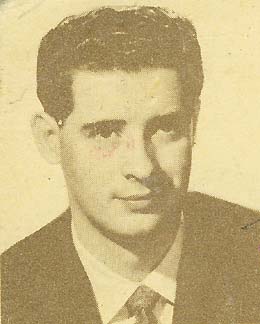On March 16, 1958, Seattle Bandstand makes its broadcast debut on KING-TV. Hosted by Ray Briem (b. 1930), Seattle Bandstand is a televised teen-dance show and is modeled after Dick Clark’s national program, American Bandstand. The Northwest version is an instant favorite of Northwest youths and eventually helps launch the hit-making careers of several area teen-bands.
King Size 10
At 1 p.m. on the afternoon of Saturday March 16, 1958, the King Broadcasting Company’s new hire, Ray Briem, began hosting a new weekly two-hour television program that would feature a gaggle of area teens who’d written in to request tickets to participate by dancing to the Top-10 songs of the week -- which Briem touted as the “King Size 10.”
A rather ambitious undertaking. Seattle Bandstand made use of three cameras at the station's studios on at 320 Aurora Avenue N., and was broadcast live (dancing, lip-syncing singers, promotional ads, and all) every Saturday afternoon from 1 p.m. until 3 p.m.
Teens Beg
Seattle Bandstand was an instant success -- Northwest teens swamped the station begging to be included. So too did local record distributors wanting to promote new records they were pushing. And local dance and concert producers did likewise, offering to bring touring teen stars through to lip-sync their latest hit and plug an upcoming event.
Briem left the show in February 1961, and it was taken over by Frosty Fowler. It continued through 1962.

